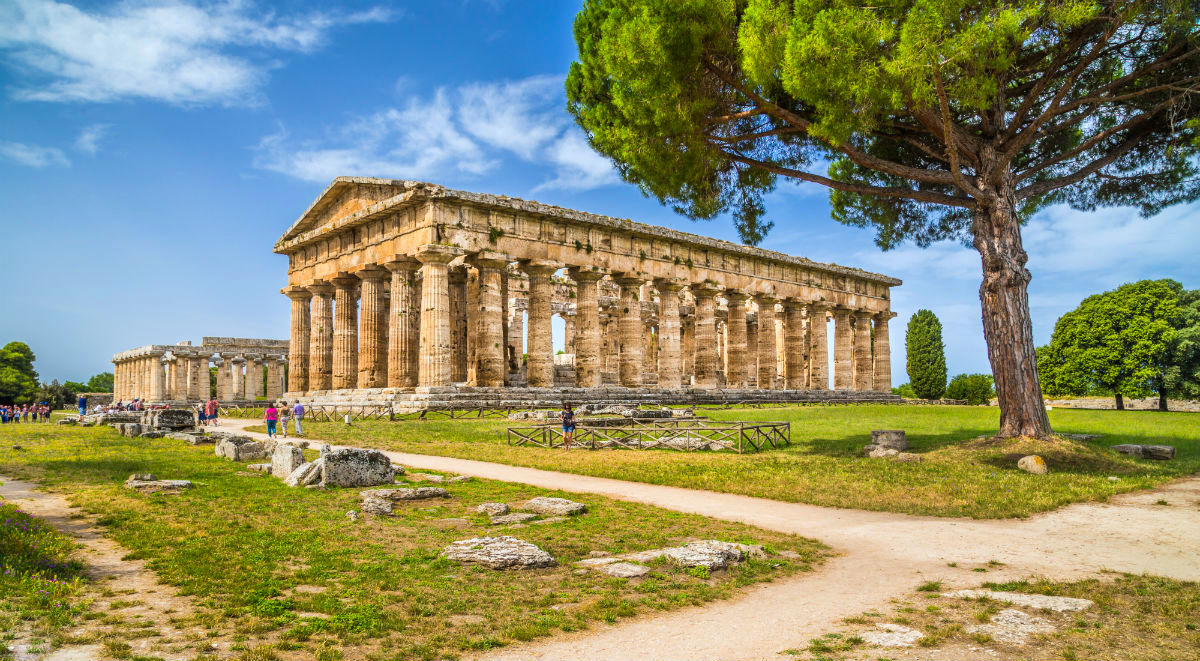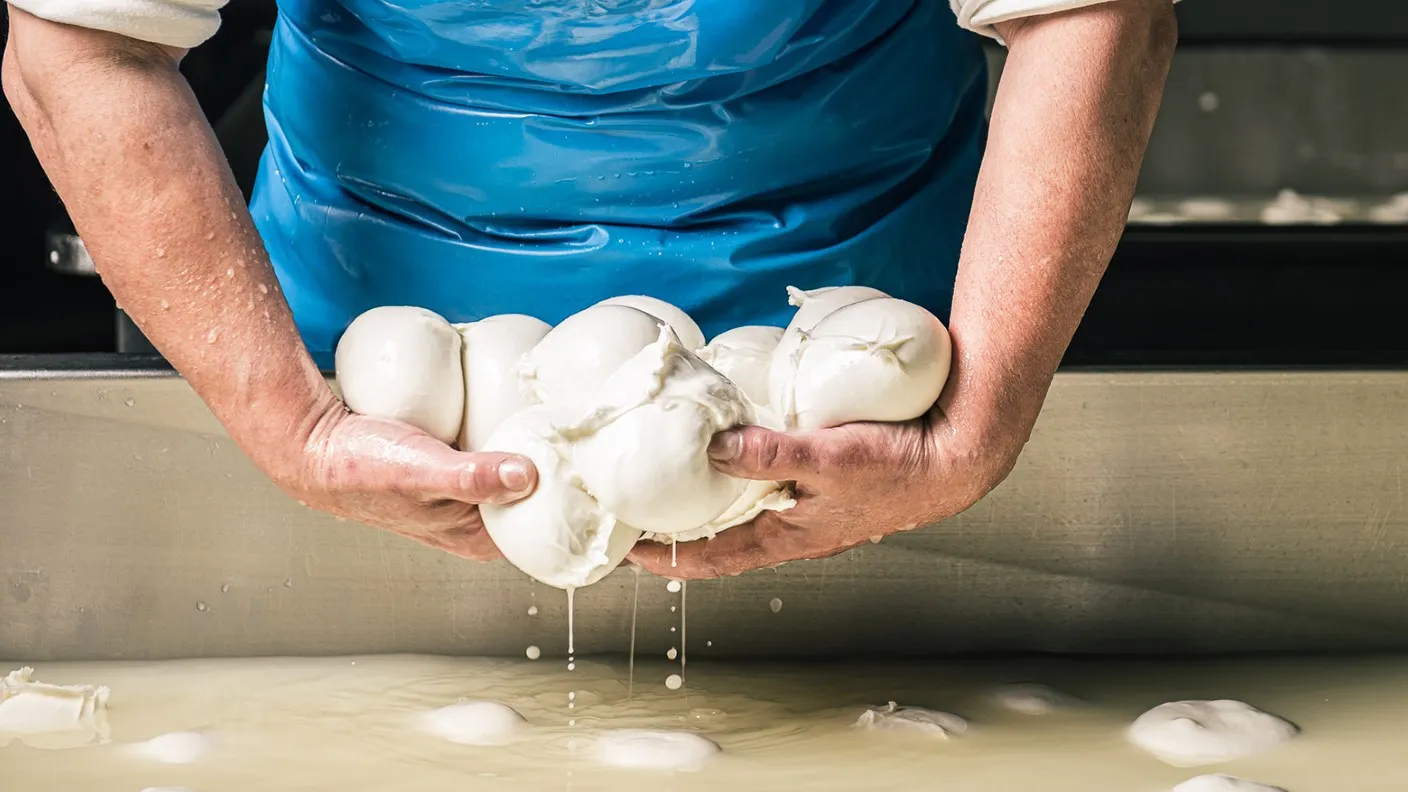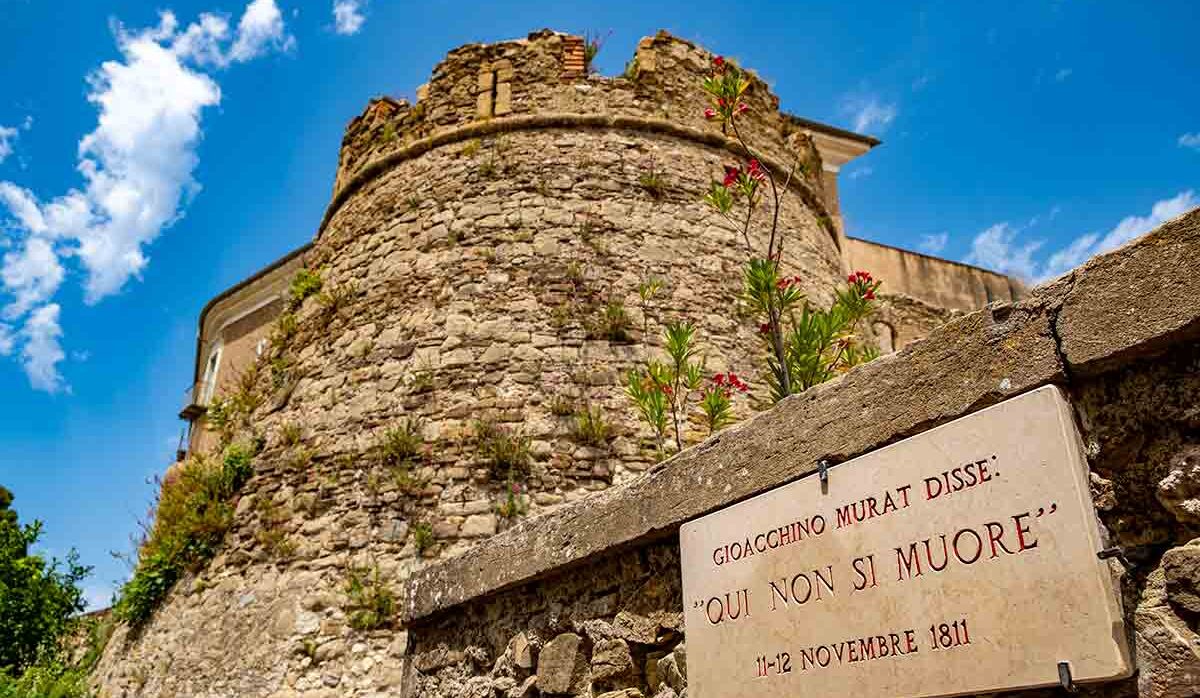Via Poseidonia, 177 Paestum | Salerno, Italy
Territory DISCOVERING CILENTO
Campania is the Italian region with the most UNESCO-designated World Heritage sites. Millennia of cultural exchange between West and East under the sign of the Mediterranean. Unique palaces, villas and vestiges. Museums that thrill with works and artifacts from every civilization. The enchanting charm of art cities.

TERRITORY
Discovering Cilento
The location of Oleandri Resort, in the heart of Cilento, just 1500mt from the Archaeological site of Paestum and 300mt from the sea, is ideal to be able to enrich one’s vacation with unique moments that transform an ordinary stay into a real experience. Visiting Cilento, means not only being just a few steps away from our wonderful “blue flag” sea, but it also means having the opportunity to visit authentic places and villages where time seems to stand still; it means having the chance to rediscover archaeological and artistic treasures of ancient history; it means getting lost among the natural beauty of unspoiled landscapes, among the scents of our land, among the genuine flavors of local products.

Paestum Archaeological Park
- 2km from the resort
Just 2 km from the Resort, lies a unique Greco-Roman archaeological area, recognized by UNESCO as a World Heritage Site: the Archaeological Park of Paestum. A timeless beauty that has been guarding for over 2000 years and still leaves you breathless.
Just a short walk from the Park, the Paestum Archaeological Museum houses the outstanding artifacts from the city and the area. Of extraordinary interest are the painted tomb slabs, of which the most famous is the Tomb of the Diver from 480 BC. The work is the only example of Greek painting in Magna Graecia.
The ticket includes both park and museum admission and the Elea-Velia Park located in Ascea and is valid for three days. You can request a group or private guided tour.


Mozzarella di Bufala Campana
- a few kilometers from the resort
A true local gastronomic treasure in the ancient heart of Campania. Mozzarella di Bufala di Paestum is a precious product, the result of ancient traditions and long and meticulous artisanal processing of milk. A few kilometers from the resort, there are several dairies where you can watch the mozzarella being made and taste the freshly processed product. A unit experience of local craftsmanship.
Castellabate
- 17 km from the Resort
Castellabate is a small village located on a hill whose apex is topped by the castle overlooking Santa Maria di Castellabate. Unesco World Heritage Site, increases
his notoriety following the film “Welcome to the South” with Alessandro Siani. Visiting Castellabate means getting lost in the intricate alleyways of the village, made up of stairways, arches, and old houses that will make you feel like you are part of a place where time seems to stand still. We recommend visiting the Belvedere San Costabile, a panoramic terrace overlooking Santa Maria di Castellabate and the Abbot’s Castle, which periodically hosts exhibitions. Also famous is the plaque dedicated to Joachim Murat, who said, “You don’t die here.”


Trentinara
- 12 km from the resort
Medieval village, now known as the Terrace of Cilento, an evocative place from which to enjoy breathtaking scenery that embraces the entire Plain
Sele River. On this terrace is placed the sign “Kiss, please,” referring back to the legend of Isabella and Saul evoked by the Chained Stone. Among the attractions
most important tourist attractions in the entire area, there is the Zipline “Cilento in Volo,” which gives the bravest tourists the chance to literally fly free-body,
harnessed safely through a steel cable about 1,600 meters long, reaching close to 120Km/h.
Contact us
Contact us or Book now
Our Holiday Advisors are here to help you plan the perfect vacation and find the best solution for your stay.

